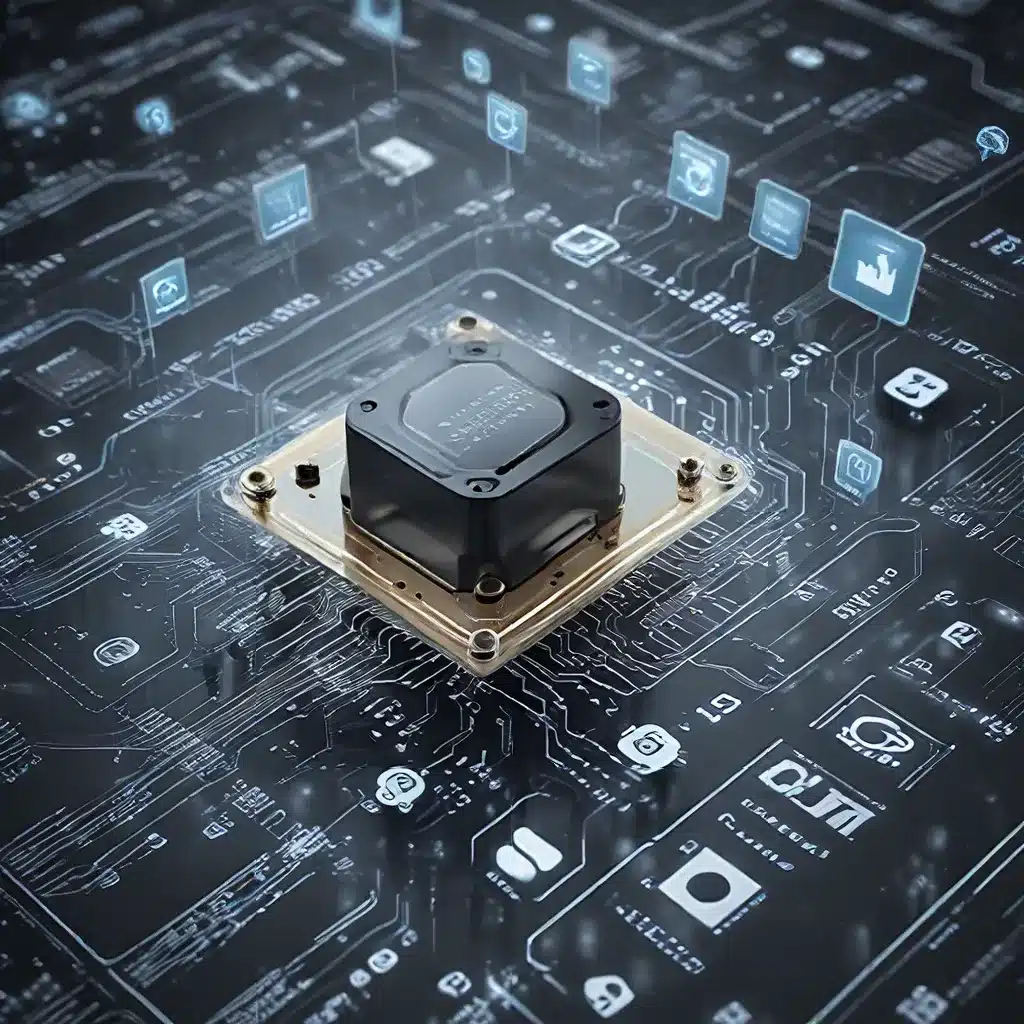
Navigating the Complexities of Sensor Networks in the IoT Era
The rapid advancement of sensor network technology has transformed the way we interact with the world around us. As the Internet of Things (IoT) continues to revolutionize industries, the design and implementation of secure and sustainable sensor systems have become paramount. In this article, we will delve into the intricate world of sensor network design, exploring the key considerations, emerging applications, and critical security and energy management challenges that shape the future of smart systems in the IoT landscape.
Designing Robust and Resilient Sensor Networks
At the heart of the IoT revolution are sensor networks – intricate webs of interconnected devices that collect, process, and transmit data. Designing these networks requires a careful balance of performance, reliability, and cost-effectiveness. From network topologies to communication protocols, each design decision can have a significant impact on the overall system’s functionality and scalability.
Recent research has highlighted the importance of mesh networking and adaptive routing algorithms in creating robust and resilient sensor networks. These approaches can enhance the redundancy and self-healing capabilities of the system, ensuring seamless data flow even in the face of node failures or environmental disruptions.
Additionally, the selection of low-power and energy-efficient sensor components plays a crucial role in maximizing the operational lifespan of these networks. Innovative energy harvesting techniques and smart power management strategies can further optimize the system’s sustainability, reducing the need for frequent battery replacements or recharging.
Unlocking the Potential of Sensor Networks in IoT Applications
The versatility of sensor networks has enabled a wide range of IoT applications that transform various industries. From smart homes and intelligent transportation systems to precision agriculture and environmental monitoring, sensor-driven solutions are redefining how we interact with our surroundings.
In the realm of smart homes, sensor networks can seamlessly integrate lighting, HVAC, and security systems, optimizing energy consumption and enhancing user comfort. Emerging trends in this space include predictive maintenance and personalized automation, driven by the analysis of sensor data and the integration of artificial intelligence (AI) algorithms.
Similarly, in intelligent transportation, sensor networks play a pivotal role in traffic management, vehicle-to-infrastructure (V2I) communication, and autonomous driving. By monitoring road conditions, vehicle dynamics, and environmental factors, these systems can improve traffic flow, safety, and energy efficiency.
The precision agriculture sector has also witnessed a surge in sensor-based applications. Soil moisture, temperature, and nutrient levels can be continuously monitored, enabling data-driven decision-making and optimized resource allocation for farmers.
Addressing Security Challenges in Sensor Networks
As sensor networks become increasingly ubiquitous, the security of these systems has emerged as a critical concern. Cyberattacks, data breaches, and unauthorized access can have severe consequences, jeopardizing the privacy, integrity, and availability of sensitive information.
To mitigate these risks, secure sensor network design must incorporate robust authentication, encryption, and access control mechanisms. Blockchain technology and edge computing have shown promise in enhancing the decentralization and resilience of sensor-based systems, reducing the risk of single points of failure.
Furthermore, firmware updates and secure firmware over-the-air (FOTA) capabilities are essential for addressing vulnerabilities and maintaining the integrity of sensor nodes over time. Proactive threat monitoring and incident response strategies can also play a crucial role in safeguarding sensor networks against evolving security threats.
Powering the Future: Energy Management in Sensor Networks
The energy efficiency of sensor networks is a pivotal consideration, as these systems often operate in remote or resource-constrained environments. Innovative energy harvesting techniques, such as solar, wind, or vibration-based power generation, can reduce the reliance on battery-powered sensor nodes and minimize the environmental impact of sensor network deployments.
Dynamic power management strategies, including duty cycling, adaptive sampling, and selective node activation, can further optimize the energy consumption of sensor networks. By intelligently managing the power states of individual nodes, these approaches can extend the operational lifespan of the overall system, reducing the need for frequent maintenance or battery replacements.
The integration of edge computing and distributed processing capabilities within sensor networks can also contribute to energy efficiency. By performing data analysis and decision-making at the edge, rather than relying solely on cloud-based resources, sensor networks can minimize data transmission and network latency, thereby reducing energy expenditure.
Shaping the Future of Sensor Networks in the IoT Landscape
As the IoT ecosystem continues to evolve, the design of secure and sustainable sensor networks will play a pivotal role in enabling the Smart Cities, Industrial 4.0, and connected healthcare of the future. By addressing the technical challenges, security concerns, and energy management considerations, sensor network developers and IoT stakeholders can unlock the transformative potential of these technologies, paving the way for a more interconnected, efficient, and resilient world.
The sensor-networks.org platform provides a wealth of resources and insights to support professionals, researchers, and enthusiasts in navigating the evolving landscape of sensor networks and IoT. Explore our expert articles, industry case studies, and technical guides to stay informed and inspired as you contribute to the shaping of this dynamic field.